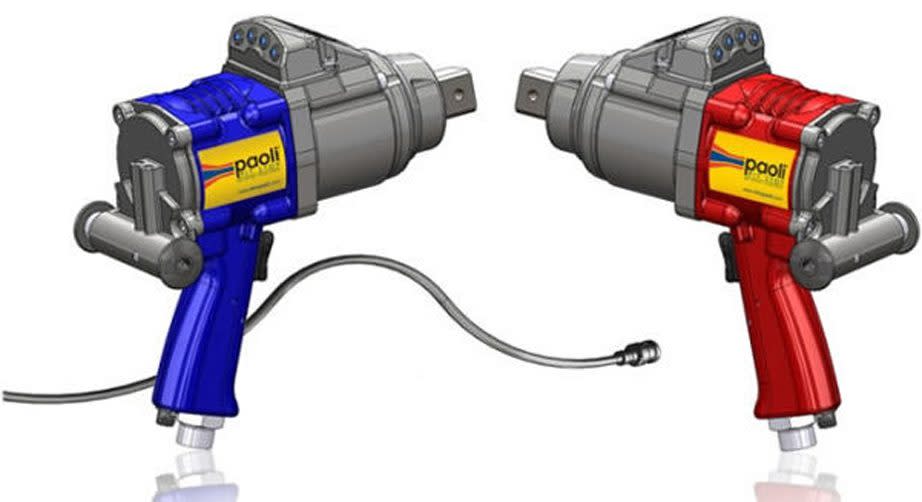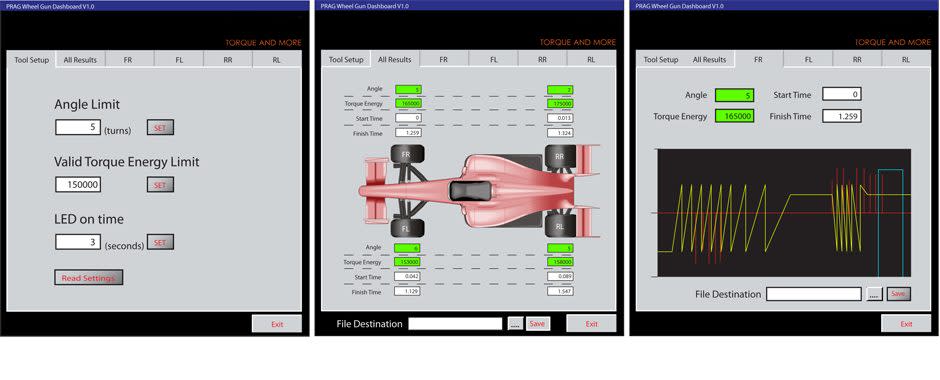Next Gen analysis: Examining 'Monster Mile' performance, instances of wheels coming loose
Editor’s note: Bozi Tatarevic is a professional racing mechanic and pit crew member. He will provide technical analysis for NASCAR.com throughout the 2022 season.
Dover was an eventful race and showed the Next Gen car was able to handle some of the biggest forces of any current race track. Dover Motor Speedway has always been tough on race cars, especially as drivers get into Turn 3 and see incredibly high loads from those bumps, so this was an important test in durability for the cars. Engineers, mechanics, and fabricators have often said that race cars were designed and built with the stresses of Dover in mind, because if they could survive there, then they could survive any other oval on the circuit — and the Next Gen car delivered.
RELATED: Chase Elliott wins at Dover | Full Dover race results
While the parts and pieces on the Next Gen car did their job to tackle the forces of Dover, that didn‘t mean drivers didn‘t have a battle as Dover acted much like an intermediate track with lift-off oversteer being a common thread. As we discussed earlier this year when we saw incidents at Auto Club Speedway, lift-off oversteer is a condition where load transfer happens from the rear to the front tires of a car as the throttle is lifted, which causes the rear tires to lose traction and the tail of the car to snap around. This is also often referred to as the car snapping loose.
One main difference from Auto Club was drivers were able to save the car much more effectively, and that was likely a result of them becoming more familiar with the handling and changes to the car from a setup perspective. We also saw the improvement in how the cars were able to recover if they got flat during such an incident, as Kyle Larson lost both right-side tires during lift-off oversteer where he slid with the wheels locked up but was able to drive back to pit lane on the flats and get a fresh set of tires. He was able to recover successfully enough from that incident to finish sixth.
The situation on pit lane was equally as chaotic as the Nos. 11 and 16 teams did not successfully tighten all of their wheels. While the situation for the No. 16 appeared to be a typical one where a wheel nut was not torqued all the way down, the situation on the No. 11 was a lost wheel nut during the stop and the car taking off without one mounted at all on the left-front wheel. Going back through the footage of the stop, one can see the tire changer on the left front pulled the old tire and attempted to fasten a wheel nut to the new one, but then he noticed the nut had left the socket. He tried to signal the car to stop, but it was too late as the car had already been lowered from the jack and released.
RELATED: Nos. 11 and 16 Cup teams penalized post-Dover
The wheel nuts for the Next Gen car are captured by the socket on the wheel gun using magnets and an o-ring that is mounted inside of the socket. This way the nut stays in the socket as a new wheel is mounted, so the same nut is used to fasten the new wheel. While this typically doesn‘t present issues, on occasion there might be debris in the nut or socket that prevents the socket from being retained, causing it to fly off. The tire changers carry a spare nut on their suit, but in this case, the stop was moving so fast that the tire changer never had a chance to grab the spare before the car departed.
Teams are always trying to find an edge on pit road, and pit stops are as fast as they‘ve ever been. But part of the errors we see is that this system is all new to teams and pit crews so they‘re learning and adapting to prevent mistakes. Justin Fiedler, who is the rear tire changer on the No. 43 of Erik Jones, shared an excellent thread on Twitter showing his perspective on how these pit stops happen and what he has learned in the first 11 races this year.

As Justin shares, one of the biggest challenges is understanding when a wheel nut is tight because the wheel gun is so different from the previous ones they‘ve used, and you only have one chance to get it right versus five in the past. This is not uncommon with this style of wheel and wheel nut because it is being fastened to an aluminum wheel that is typically also prepped on the mating surface with a compound to help the nut seat better, so it is hard to get a feel.
This issue has presented itself in other series and there is technology out there to signal when a wheel is fully tight. Some of that has been implemented on Paoli wheel guns similar to ones that are used in the Cup series. The way these systems work is that a torque sensor is installed on the wheel gun along with LED lights. The torque sensor is programmed to a specific torque where the wheel is known to be tight and the LED lights illuminate on top of the gun for the tire changer to know that the wheel nut has been properly torqued. This solves the issues that Justin mentions in his thread above, which is likely what happened with the No. 16.
The issue on the No. 11 can also be covered with additional equipment that is available for those torque sensor systems as they have a central box that they can be connected to for monitoring and logging. The tightness of each wheel can be displayed on the pit box, and if the crew chief or another crew member notices a wheel is not fully tight, then they can prevent a driver from leaving. This data can also be logged to understand what the trends are in how wheels are tightened so teams can get additional data for training and NASCAR and Paoli can get data for possible improvements to the wheel gun.

Losing a wheel is something that should not happen, and luckily the instances we‘ve seen so far this year have not created dangerous situations. However, the industry should do everything possible to make sure wheels are safely tightened. Training is the biggest part of that, but technological solutions can also offer an additional layer of security.

